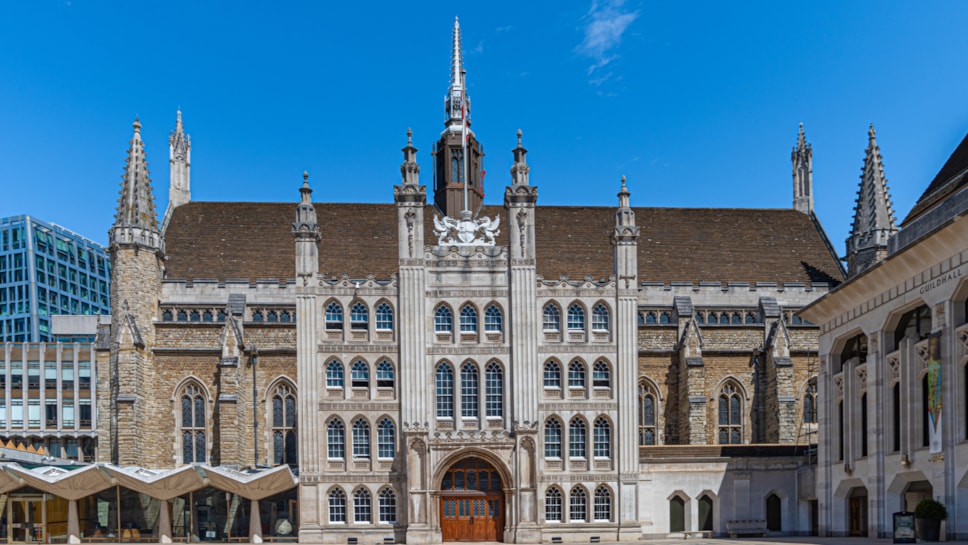
Clean heat for heritage: can the UK’s historic landmarks go green?
From cathedrals of culture to factories of the future, Britain’s heritage buildings are part of our identity – but they’re also among the hardest to decarbonise. But new technology is showing that preservation and progress can go hand in hand…
Britain’s bricks tell a story. From Gothic guild halls and Victorian markets to 20th-century architectural icons, our built environment is a living museum – and one of our biggest climate challenges.
Because while history-rich buildings give our cities and towns character, they also give off carbon – and a lot of it. The built environment is responsible for nearly 40% of the UK’s emissions, and retrofitting these ‘hard-to-heat’ landmarks is rarely straightforward: strict planning rules, unusual or outdated construction methods, and the need to preserve cultural and artistic value.
But the technology and the expertise already exist to make it possible – and in many places, we’re already proving it works.
London’s hidden green powerhouse
Tucked behind the grand façade of the old Port of London Authority building, our Citigen site is setting a new standard for how cities can decarbonise heat and cooling. Three giant heat pumps draw geothermal energy from 200 metres beneath the city, helping to feed an 11km network of low-carbon heating and cooling to 28 buildings – including iconic venues like the Museum of London, the Guildhall and the Barbican.
It’s a feat of engineering that meant threading pipes under some of the most congested streets – and through some buildings! – in the UK, and it’s proof that even in dense, historic cityscapes, clean heat can flow unseen –without (almost!) altering a single brick of London’s landmarks.
Solar heritage: the British Library and beyond
At the Grade 1-listed British Library – custodian to 170 million (and growing) collection items ranging from newspapers and maps to sound recordings and patents – our partners at Naked Energy have installed the UK’s largest solar heat project. Some 950 ‘solar collectors’ (the technology that converts the sun’s energy into both heat and electricity) now generate enough clean energy to cut the library’s emissions by 55 tonnes a year, all while protecting the carefully controlled temperatures needed to preserve the treasures held within. Crucially, the collectors’ low-profile design mean they blend into the iconic library’s roofline, securing planning consent with no disruption to the architecture.
The same partnership has powered new projects at one of the city’s most recognisable hotels with a 120-year history, the Mandarin Oriental in Hyde Park. With heating and hot water accounting for nearly 70% of hotel energy use, Naked Energy’s collectors are expected to save 7.3 tonnes of CO₂ annually while providing hot water to its 181 rooms, restaurants and spa.
Since reopening in 2019 following an extensive multi-million-pound restoration, the hotel has faced the ongoing challenge of balancing luxury with sustainability. The unique, low-profile design of Naked Energy’s collectors offers minimal disruption to the building’s architecture — a model for retrofits in other sensitive heritage settings.
Industrial icons meet climate action
Heritage doesn’t just mean civic or cultural sites – it also includes the working buildings that have powered economies for decades. In Amberg, Germany, E.ON and Orcan Energy have brought clean energy tech into Walter Gropius’ ’Glass Cathedral’
– a masterpiece of Bauhaus design and home to one of the world’s leading crystal glass producers. A new Organic Rankine Cycle (ORC) system – a high efficiency way of generating electricity from heat sources – now captures the plant’s furnace waste heat (up to 1,500°C) and turns it into electricity, cutting emissions without burning more fuel.In Dotternhausen, Germany, we’re teaming up with Holcim to recover high-temperature process heat from cement kilns and put it to work – from powering cement production to feeding two district heating networks and an ORC electricity generator. Supported by the German Ministry for Economic Affairs and Climate Action, it’s a model of industrial energy circularity the UK could follow.
Rivers, barges and blueprints for Britain
In Berlin, BTB’s Schöneweide plant shows how cities can draw clean heat straight from nature — in this case, the Spree River. Heat pumps extract environmental energy from the water, contributing to the city’s district heating network and attracting international interest, including from the UK.
And back home in London, we’re exploring another river-powered solution: transporting waste heat along the Thames in thermal ’batteries’. Captured from sites further east – from factories, data centres or energy-from-waste plants – the heat would be shipped up-river by barge in special containers and then connected to a heat network where it can supply city centre buildings.
Protecting the past, powering the future
Decarbonising heritage buildings will always need more craft than a standard retrofit – but it can be done. From libraries and luxury hotels to glass cathedrals and guildhalls, we’re seeing historic sites stay true to their character while swapping fossil fuels for clean heat.
If Britain’s most iconic buildings can embrace the future, the rest of our built environment can follow. The challenge now isn’t whether it’s possible – it’s making it happen, everywhere.



